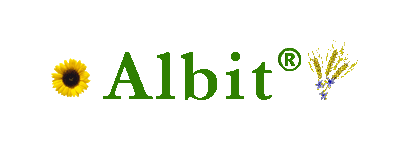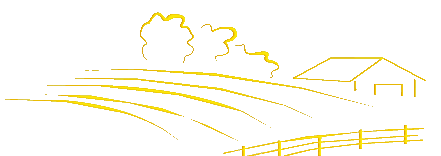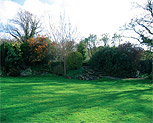|
|
Materials used in this chapter were published in the book Biostimulant Albit for increasing yields and protection of agricultures against diseases, A.K. Zlotnikov, Ed. Prof. À. Melkumova. All-Russia Institute of Plant Protection, Russia, 2006.
It was established, that spraying of lawn with Albit provides increase of: tillering, regrowth after winter by 6.3 – 56.3%, resistance to winter-kill, growth processes by 33.6-68%, production of green biomass by 7.6-17%, chlorophyll content by 8.6-9.7%, turgor, regrowth after cut and grass height, and more even growth of different grass species. Treatment should be performed with solution of 1 ml of Albit/10 L of water (approx. 1/3 of teaspoon per bucket of water). Application rates of Albit and working solution – 60 ml/hectare and 600-1000 L/hectare respectively. Sprayings (1-2 per vegetation) should be started in very beginning of regrowth (spring) each with 7 days interval. It is recommended to use Albit for stimulation of grass growth and tillering in critical periods (after hibernation, cutting, application of fertilizers and pesticides, in time of drought). Spraying under normal conditions is undesirable, since it can lead to overgrowth of grass. Efficiency of Albit for lawn treatments is confirmed by expert conclusion of Pamfilov Academy of Municipal Service (Moscow, 2004). Albit is one of few pesticides officially registered in Russia for application on lawn grass.
|
|
||||||||||||||||||||||||||||||||
Terms and Conditions
|
|


 Effectiveness of lawn treatments with Albit was studied in trials of All-Russia Institute
of Vegetable Selection and Seed Breeding in 2003 and 2004. Trials were carried out on
mixture of following lawn grasses: red fescue grass (Festuca rubra), meadow
grass (Poa pratensis), colonial bent grass (Agrostis vulgaris),
English ryegrass (Lolium multiflorum) sown in present year, or grown on
already existed aged lawn.
Effectiveness of lawn treatments with Albit was studied in trials of All-Russia Institute
of Vegetable Selection and Seed Breeding in 2003 and 2004. Trials were carried out on
mixture of following lawn grasses: red fescue grass (Festuca rubra), meadow
grass (Poa pratensis), colonial bent grass (Agrostis vulgaris),
English ryegrass (Lolium multiflorum) sown in present year, or grown on
already existed aged lawn.